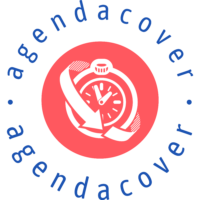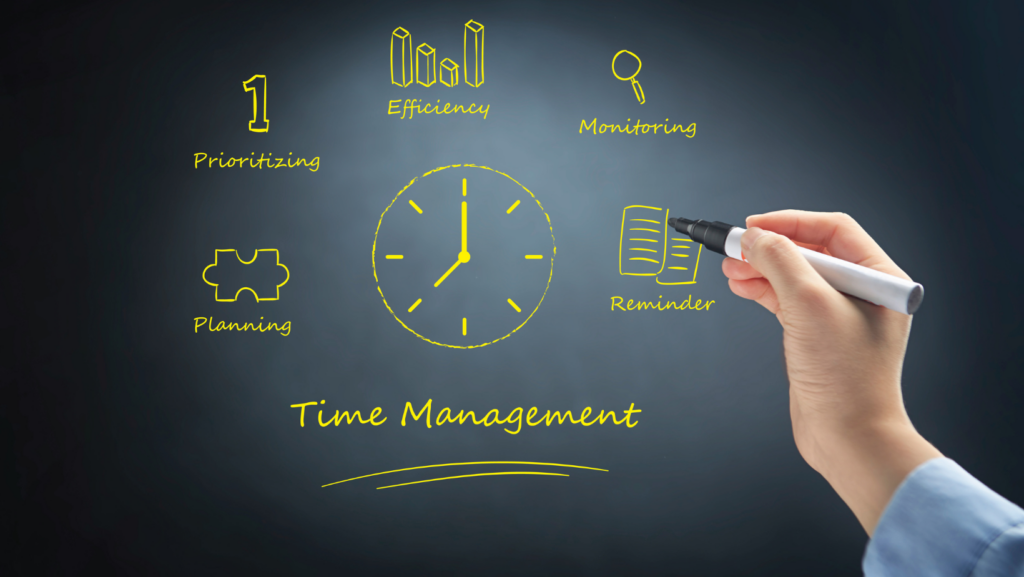In the fast-paced world of business, time management is a skill that’s often talked about but rarely mastered. It’s a topic that resonates with everyone—from the fresh intern to the seasoned CEO. This article delves into the art of presenting time management strategies effectively, a crucial skill for leaders and educators alike.
Whether you’re pitching a new project timeline or leading a workshop to boost productivity, understanding the nuances of a time management presentation can make all the difference. It’s not just about what you say, but how you say it. Stay tuned as we unravel the secrets to crafting a compelling time management presentation that captivates, educates, and inspires action.
Time Management Presentation
 Time management tools in presentations serve crucial roles in synchronizing, streamlining, and enhancing performance. By integrating these tools efficiently, presenters can effectively exhibit control, stay organized, and present in a concise and timely manner.
Time management tools in presentations serve crucial roles in synchronizing, streamlining, and enhancing performance. By integrating these tools efficiently, presenters can effectively exhibit control, stay organized, and present in a concise and timely manner.
Digital tools offer innovative solutions to time management challenges during presentations. For instance, online applications like ‘Google Calendar’ and ‘Asana’ assist users in tracking time, setting reminders, and organizing tasks in order of importance. ‘Prezi,’ a cloud-based presentation tool, allows presenters to create dynamic, time-managed presentations, enabling seamless transitions and consistent pacing. These digital tools empower professionals to orchestrate time effectively, enhancing their overall presentation proficiency.
Traditional Time Management Techniques
Despite technological advancements, traditional time management techniques retain their value in presentations. The use of simple physical tools like clocks, timers, and notecards aid presenters in segmenting their content effectively. For example, a timer can keep track of time, ensuring the presenter adheres to the intended time frame.
Designing a Time Management Presentation
Moving forward with digital tools and traditional techniques in place, it becomes crucial to design a time management presentation. This process involves two key aspects: establishing clear objectives and incorporating interactive elements.
Establishing Clear Objectives
 A well-planned objective forms the foundation for a successful time management presentation. An effective presentation starts by setting clear, measurable and achievable objectives. For instance, one objective could be demonstrating how Asana can optimize task organization and time tracking in a business environment.
A well-planned objective forms the foundation for a successful time management presentation. An effective presentation starts by setting clear, measurable and achievable objectives. For instance, one objective could be demonstrating how Asana can optimize task organization and time tracking in a business environment.
Boosting audience involvement is a significant aspect of a time management presentation. Engaging features like live polls, quizzes, and question-answer segments keep the audience attentive, promoting a higher comprehension level. Taking Asana as an example, the presenter might demonstrate its features in real-time, then organize a quick quiz session to assess audience understanding.
Delivering the Presentation Effectively
Tips for Engaging Your Audience
Engaging the audience, fostering interaction, and ensuring comprehension are crucial in a presentation context. Use tangible examples, such as successful business practices, to illustrate time management strategies. Real-world instances anchor attention and improve understanding. Sequence these examples effectively to maintain audience interest throughout the presentation.
Time Allocation for Each Segment
Allocating time for each segment of your presentation calls for strategic planning. Segment durations depend on the overall time allocated for the presentation and the complexity of the topic. Determine the time required for each segment, keeping in mind the need for potential audience questions and discussions.
Common Pitfalls in Time Management Presentation
Overloading Information
 Time management presentations carry a risk of information overload. It’s straightforward to get invested in providing abundant data, convincing statistics, and detailed strategies for efficient time management. However, presenting an excess of information all at once detracts from the ability of the audience to absorb key concepts. Instead, presenters opt for a balanced approach, breaking down topics into easily digestible segments.
Time management presentations carry a risk of information overload. It’s straightforward to get invested in providing abundant data, convincing statistics, and detailed strategies for efficient time management. However, presenting an excess of information all at once detracts from the ability of the audience to absorb key concepts. Instead, presenters opt for a balanced approach, breaking down topics into easily digestible segments.
The credibility of a time management presentation hinges upon the presenter’s ability to emulate the techniques they advocate. Ignoring time boundaries set for various presentation segments, arriving late, or appearing disorganized all contradict the principles the presenter seeks to communicate.
Must Know
Mastering time management in business isn’t just a skill, it’s a necessity. The article’s highlighted strategies, like the Eisenhower Box model, and tools, from digital solutions like Google Calendar and Asana to traditional methods, are all integral in this process. Designing an effective time management presentation requires clear objectives, interactivity, and audience engagement through live polls and quizzes. It’s about more than just sharing information – it’s about practicing what you preach.



